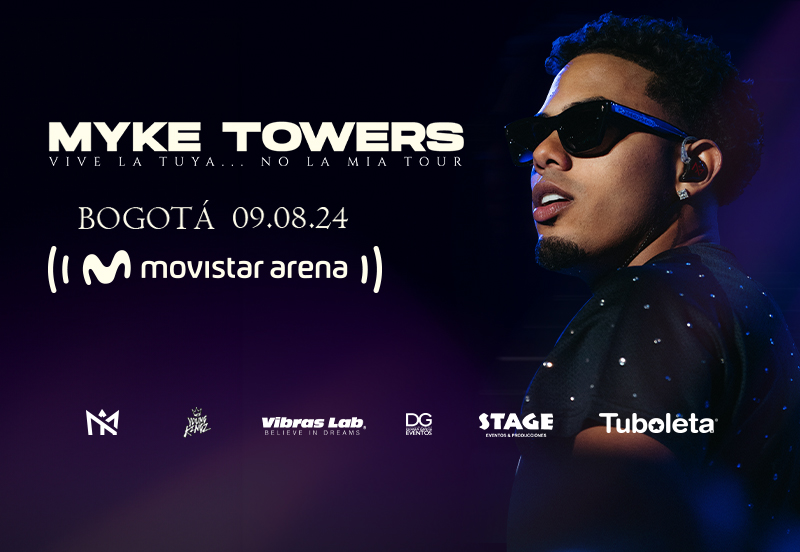This is how Movistar Arena has modernized Bogota with technology in events and concerts.

Luis Quintero, general manager of the stage, spoke to Infobae about the five years of the venue and how it plans to include artificial intelligence.
It has been five years in which the Movistar Arena has turned around the way in which Bogota experiences world-class cultural events. International artists have come to the stage to share with their followers a stage dated with technological tools inside and out.
During this time, singers such as Paramore, Feid, Karol G, Miley Cyrus, André Riu, among others, and events such as the final of the Latin American League of Legends or the Disney on Ice show have taken place, and at the end of 2023 will be the International Final of Red Bull Battle. So it is a stage that goes beyond hosting concerts.
These shows have presented technological challenges for the stage, which has had to adapt to frequent changes such as the digitization of ballots or the future arrival of artificial intelligence to improve the food shopping experience.
Infobae spoke with Luis Guillermo Quintero, general manager of the Movistar Arena, about what these five years of the arena have been like and how technology has played a fundamental role in its development.

Infobae: How was the process of building this scenario to adapt to the technological challenges of cultural events today?
“We always started with the idea that it should be a venue that could receive any type of artist and that it should be at the same level of the best venues in the world in terms of operability. So we traveled around the world bringing the best of each place.
What we did was to think about how these venues behave worldwide to be able to receive artists and audiences of all kinds and that was what we applied. In addition, we created spaces within the arena that were friendly to the artist, to the producer and to the spectators.”
What technological changes has the stage undergone over the years?
“After the pandemic, what happened was that one hundred percent of the ballots were digitized. Before, you would go and buy them in one place. But with the pandemic this was modified and our ticketing provider adapted to that and now all the tickets are one hundred percent digital”.
The external screens are one of the icons of the Movistar Arena, how was the consolidation of this idea?
“In the conception of the project we thought that the façade should have messages and be a distinctive feature. We created a façade made of a material called ETFE, which allows us to have LED lighting on the back to be able to change, not only the lighting, but also to have messages.
This has been very relevant because it has become an icon of the city and helps us to have the Colombian flag or the flag of Bogota on Independence Day or the Battle of Boyacá Day, for example. Also on concert days we can have the artist’s hashtag, and that has been quite innovative”.
How has it been to solve the frequent connectivity problems at concerts? Because today everyone wants to upload stories or send videos in real time.
“From the beginning we have been able to offer free wifi on stage and high speed to transmit and receive data inside the arena, even though there are 13,000 people at a concert. It doesn’t happen like in other stages that with 10,000 people you can’t pass videos or do streaming. In the arena it is possible to be connected and surf at high speed, without paying extra”.
How do you plan to include artificial intelligence in the venue in the future?
“I think the whole issue of artificial intelligence is going to come in terms of purchasing services within the venue. In the not too distant future, we are going to be able to have cashless, where a person picks up their product and the payment is made immediately on the credit card.
This is something that we will review with our food and beverage allies, to manage technologies like these or how to use artificial intelligence to be able to have some kind of measurements and predictions of consumption, we are reviewing that.
Also, every time the sale of this type must have less friction, that is, less cashiers and less cash registers, and more self-service. We have to see if that is the way forward here in Colombia”.
And about virtual and augmented reality, do you think there can be any innovation?
“La música en vivo no pierde vigencia. Pero si hay hacer es mantenerse en la actualidad de lo que quiere la persona viendo música en vivo, entonces a nivel de video, de luces y de audio, ahí hay que mantenernos a la vanguardia. Pero la realidad aumentada o la virtualidad no van a reemplazar a la música en vivo, porque la gente quiere ver a su artista, quiere verlo más cerca. Por lo que esa virtualidad va a ser un complemento”.










